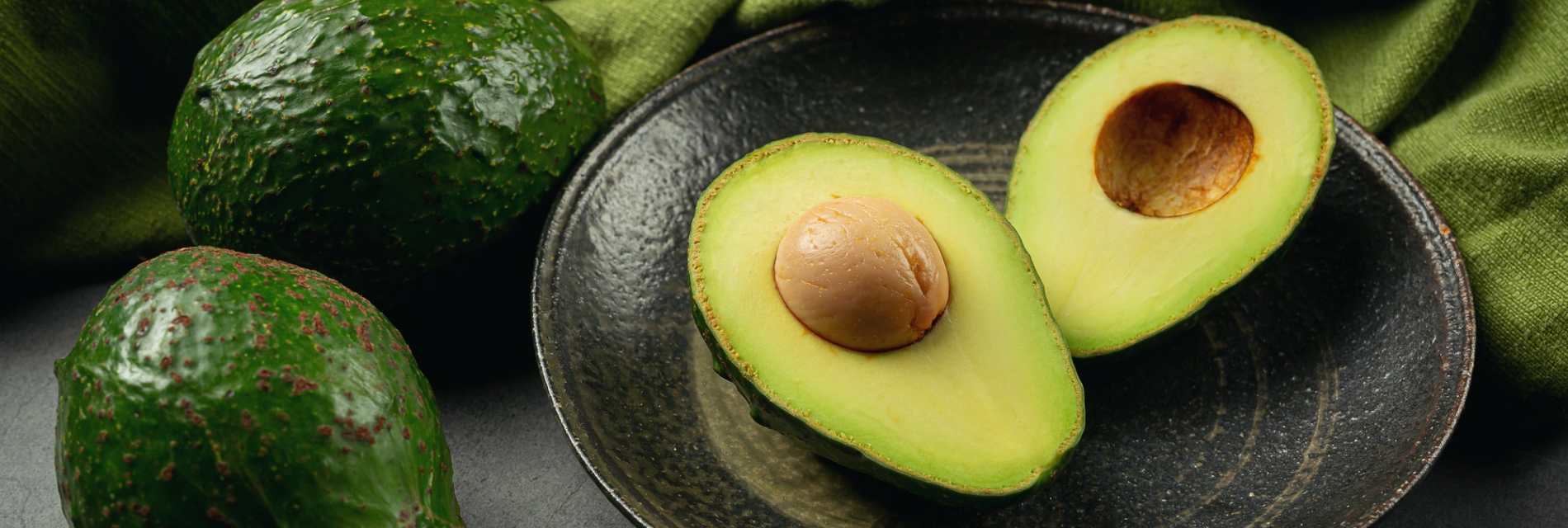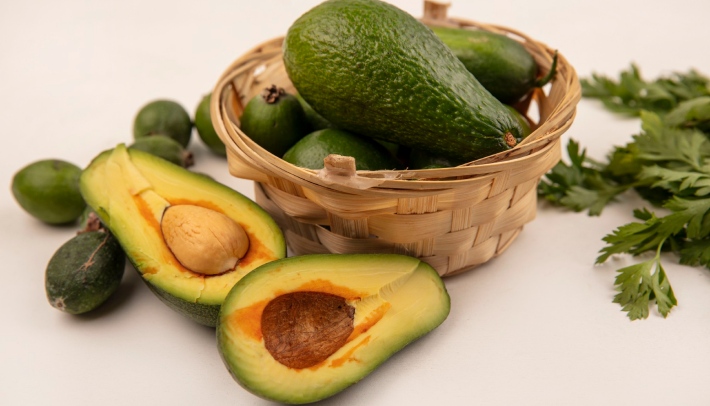
Is It Ok To Eat Brown Avocado?
There have been numerous times when I have encountered a brown avocado. You do not really understand if it is brown just by seeing it from the outside. While it may look all good and fresh from the outside, the insides might be brown. It may happen to anyone. So, what to do in that case? Do you throw it away? Or would you eat it? If you do, is it ok to eat brown avocado?
Well, our first instinct might be to throw it away. However, that would be a big mistake that you would be committing there. It is important that you realize that every brown avocado is not bad. In fact, most of the brown avocados are perfectly fine to eat. The brown color does not indicate that the avocado is spoiled.
In this article we will discuss why is it actually safe to have a brown avocado and how you would actually judge that the avocado is bad. We will take the opinions of Savannah Braden. She is a popular biological scientist and also the associate director of technology at Apeel Sciences.
So, without any more delay, let us see what all is there that you need to know about a brown avocado.
Is It Ok To Eat Brown Avocado?
As long as the avocado is in a good condition, there is nothing wrong in eating it even if it has a brown color. You might be thinking if anything was to happen to you if you ate a brown avocado? Well, nothing much. As per Savannah Braden,
“although the slightly-browned flesh of the once vibrantly green fruit might not be as easy on the eyes, it’s simply a result of a safe (and naturally-occurring) chemical reaction known as enzymatic browning.”
“There can be a few different causes of browning,”
Braden says.
“Internal browning of the flesh generally happens after you cut open an avocado because this disrupts the cells of the fruit, releasing enzymes that react with oxygen and other compounds in the fruit to create the brown coloring. While it may look a little ugly, it’s totally safe to eat an avocado that goes brown after you’ve cut it,”
she confirms. So, it is absolutely okay for you to have a bite of that brown avocado that you just cut open. There is no need to throw it away and waste money.
How Can You Tell That An Avocado Has Actually Gone Bad?

For beginners, it is nearly impossible to tell if an avocado has gone bad just by seeing it from the outside. However, we did some work on it. To make things further easier, we have come up with some effective ways in which you may figure out if the avocado has gone bad.
Overly Soft With Dents On Its Skin
When you check for ripeness, use your palm to squeeze the fruit very gently. Do not press it with your fingers. This will bruise the flesh. If the avocado is too firm and does not give at all, it is surely underripe. If it gives just a bit, it is probably ripe and all set to eat.
However, if your squeeze leaves a tiny indication, it may be way too ripe for slicing and will be better mashed. The avocado is possibly spoiled or overripe if squeezing leaves a big dent, and it feels mushy.
Blackened Skin
Some varieties of avocados go through a direct change in the color of their skin as they ripen. This happens mainly in the Hass variety. It accounts for around 80 percent of avocados that the world eats.
When not properly ripe, Hass appears with bright and bumpy green skin. It shifts to dark green or even brown, then fully ripe. If the skin appears almost black and the fruit feels very mushy when you touch it, it’s possibly soiled.
Stringy, Dark Flesh
When you cut an avocado, it is easy to decide if it has gone bad. Obviously, this is the only suitable choice after you purchase it. An avocado that is set to eat has a nice pale green flesh. A rotten one, however, has black or brown spots across the flesh.
If you see a single-colored spot on the fruit, that is probably because of bruising. You can cut and throw it away and eat the rest of it.
Even then, certain avocados, like the ones harvested from younger trees, may have darker streaks. This does not mean that the fruit is not rotten. If it looks fine and the taste does not feel off, it’s okay to eat it.
Odor or Flavor
Ripe avocados give a pleasant smell. It has a pretty sweet smell and a nutty flavor. As it starts to spoil, it may grow a bad odor and taste.
If it gives out a sour smell or taste, there is a chance of bacterial spoilage. It means it’s time to throw it away. If the avocado has a chemical taste or smell, it means it’s rancid. This happens when microbes or oxygen damage or break down the unsaturated fat in the fruit.
Mold
Molds are usually gray or white on avocados and appear fuzzy. Try not to smell it. You may then inhale mold spores. It will trigger breathing issues if you are allergic to it.
Make sure you do not purchase avocados with mold on the outside. It can easily penetrate through the skin and result in decay. If you ever cut an avocado open and see mold, throw the entire fruit out. While you may see it in only one place, it spreads quite fast. Do not try to salvage it.
Preventing An Avocado From Browning More
The best way in which you can keep your avocado from going bad is keeping them in a place where pretty carefully in the kitchen.
“When avocados are ripening, it’s best to keep them on a shelf out of direct sunlight and away from extreme heat or cold. When you buy Apeel avocados, the bonus is that they keep their freshness and ripeness for longer without needing refrigeration. Apeel adds a layer of tasteless, odorless, plant-based protection on the surface that helps keep moisture in and oxygen out, which means produce lasts twice as long,”
Braden added.
If you are looking for a way to keep your precious food more protected, we’ve got your back as well.
“After an avocado has ripened, it will start to decay or senesce. This decay process can be slowed by keeping avocados away from fruit that produces ethylene. It is a plant hormone that triggers ripening and then senescence in fruits—like bananas and tomatoes, and by putting the ripe avocados in the fridge,”
as per the recommendations of Braden.
How To Know That The Avocado Is All Set To Eat Before Cracking It Open?
“You can usually tell if your avocado is ripe by giving it a squeeze between your palm and fingers. If it has a mild give, it’s ready to eat. If it’s too firm, it may still be ripening. On the other hand, if it’s too squishy, it may be a little past its prime—but perfect for making guacamole,”
Braden adds.
The Bottom Line
Is it ok to eat brown avocado? Well, yes. There is nothing wrong with eating a brown avocado. However, you need to make sure that the avocado is actually good to eat. As long as that is okay, you can have a good munch of the mushy and beautiful fruit.
Need More Interesting Article Click Below!!



















Post Your Comment